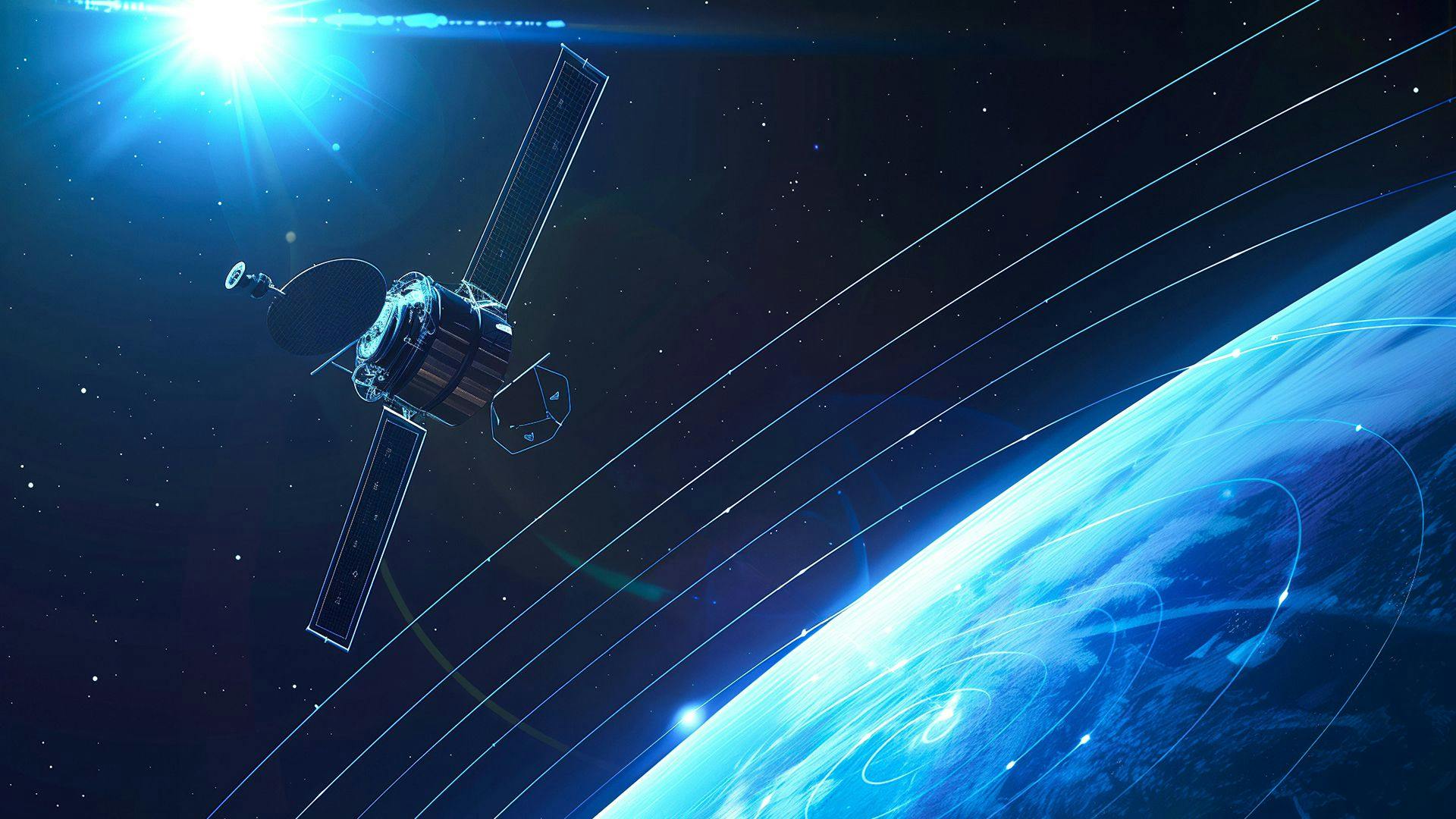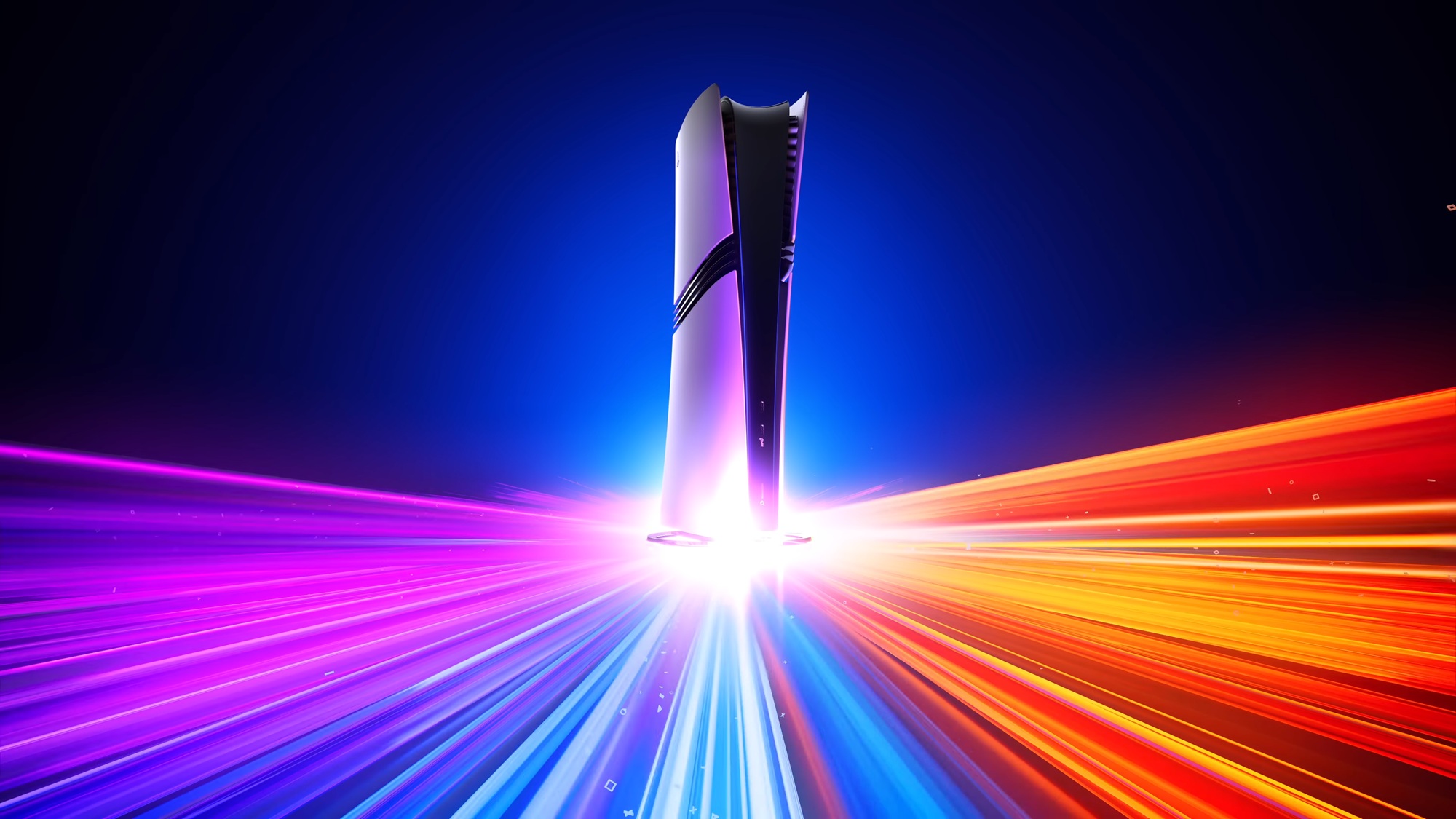In recent years, the number of Earth satellites has been growing rapidly due to numerous practical applications, including television, mobile communications, and remote sensing of the Earth’s surface. Space electronics refers to instruments and electronic components specifically designed for use in spacecraft such as satellites, rockets, and space probes. These systems must be engineered and manufactured to operate reliably in the harsh conditions of space, which include extreme temperatures, radiation exposure, and a vacuum environment. I will explore these aspects in my article—and, of course, I’ll also cover the patent side of things.
Electronics for orbit
The main types of space electronics include radiation-resistant components. Radiation resistance means designing electronics and components that can operate at significant levels of ionizing radiation. Examples include microprocessors, controllers, sensors, application-specific integrated circuits (ASICs), memory chips, and power supply cables.
In February 2025, the Space Electronics Market Report 2025 was published. It reports that the space electronics market has grown significantly in recent years. In 2025, its volume will reach $2.81 billion, with a compound annual growth rate (CAGR) of 7.1%.
Experts attribute this growth to the following factors:
- numerous initiatives in the field of space exploration;
- significant investments in satellite production;
- increased demand for space electronics products;
- growing popularity of space services;
- increased number of satellite launches;
- Intensification of human activity in deep space.
The prospects for the market for radiation-resistant space electronics are clear to everyone. The important aspects associated with the growth in the number of launches of near-Earth space devices, miniaturization and increased efficiency, rapid growth in investment in space projects, and the introduction of new materials for higher-quality manufacturing of space electronics are understandable. Experts note the main trends:
- development of radiation-resistant semiconductor technologies;
- digitization and software-defined systems;
- high-performance computing for space missions;
- Photonics and optoelectronics in space communications;
- Cybersecurity in space systems;
- environmental friendliness of electronics for space.
The largest companies operating in the space electronics market are BAE Systems PLC, Texas Instruments, Inc., Cobham PLC, Honeywell International Inc., STMicroelectronics, Teledyne e2v (UK) Ltd., TT Electronics, Ruag Group, Infineon Technologies, Onsemi, Renesas Electronics Corporation, Analog Devices Inc., Microchip Technology Inc., NXP Semiconductors, Vishay Intertechnology Inc., Silicon Laboratories Inc., L3Harris Technologies Inc., Lockheed Martin Corporation, Northrop Grumman Corporation, Raytheon Technologies Corporation, Thales Group, and Airbus Defence and Space.
Patent aspect
A search for “Space electronics” on Google.patents shows over 100,000 documents. The following companies are listed as leaders in terms of the number of patents:
The names of the companies speak for themselves.
In terms of the International Patent Classification, the ranking of codes is as follows:
- digital data processing using electrical devices G06F — 36.7%
- telephone communication H04M — 15.7%
- diagnostics; surgery; identification A61B — 13.2%
- printed circuits; housings or parts of electrical devices H05K — 12.9%
- image recognition G06V — 10.9%
- image transmission H04N — 10.6%
- image data processing or generation G06T — 10.2%
- digital information transmission H04L — 9.1%
- wireless communication networks H04W — 9%
- signal transmission H04B — 8.6%
- data processing systems G06Q — 8.2%
- antennas H01Q — 7.8%
- optical elements, systems, or devices G02B — 7.8%
- greenhouse gas emission reduction Y02E — 6.2%
- radio direction finding; radio navigation; measuring distance or speed using radio waves; locating or detecting objects using radio wave reflection or re-emission; similar systems using other types of waves G01S — 5.9%
- systems for supplying or distributing electrical energy H02J — 5.4%
- computer systems based on specific computational models G06N — 4.9%
- circuits or devices for controlling indicator instruments using static means for representing variable quantities G09G — 4.8%
- loudspeakers, microphones, adapters, or similar electromechanical sound transducers H04R — 4.1%
In other words, in the global patent space, the topic of “Space and Electronics” sounds multifaceted and polyphonic. Paraphrasing the tripartite givens of the existentialist philosopher Jean-Paul Sartre, I can say that there is “space-in-electronics” (the impact of cosmic forces on electronic devices), “electronics-for-space” (electronic devices for activities in space), and “electronics-in-space” (aspects of the functioning of electronics in space). The International Patent Classification has broken down our symphony into 10 “notes”:
- processing digital data about space, from space, and for space;
- image recognition when looking:
- from Earth into space;
- from space to Earth;
- from spacecraft to other space objects, such as competing or hostile satellites;
- remote health diagnostics for astronauts and cosmonauts;
- generation of image data, for example, false or masking data;
- transmission of information, including protected information, etc.
- wireless communication (mobile phones) through and in space;
- electronic systems for supplying or distributing electricity in space;
- optics in space;
- space radio direction finding and radio navigation;
- sounds in space.
Let’s take H05K as an example. As of June 2025, there are about 70,500 patents here, with the following leaders:
In this article, I am interested in semiconductor devices for spacecraft. I conducted a narrow search on Google.Patents portal using the query Space electronics H01L. In response, I received 27,019 documents (as of June 2025). The dynamics by year are presented in Fig. 1
It can be seen that patenting activity in 1986-2019 was on the rise, but then halved in 2020-2024. This may be due to the pressure of secrecy/confidentiality of developments in this field of science and technology, both state and commercial.
Google.Patents identified the following companies as leaders:
Once again, these are well-known corporations led by Samsung.
Conclusion
Obviously, many inventions related to electronic materials, circuits, functional devices, manufacturing methods, operation and maintenance techniques are classified or used as know-how. In other words, I have shown the “tip of the iceberg” that is available for open observation.













